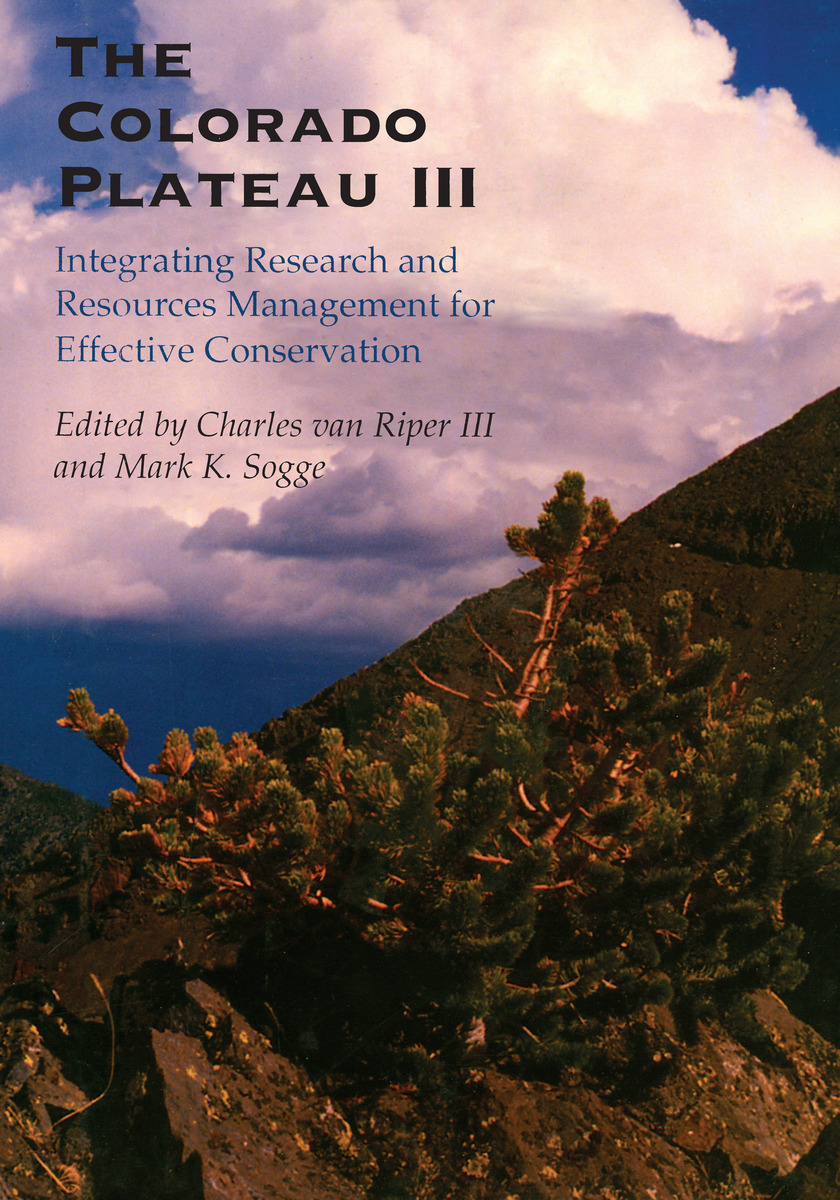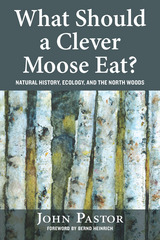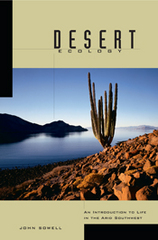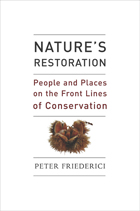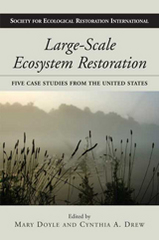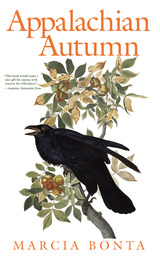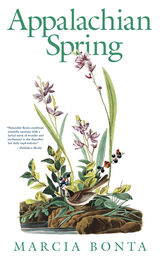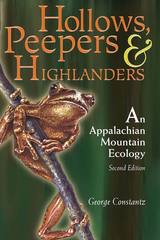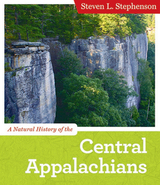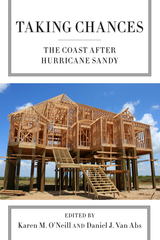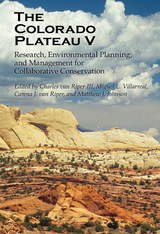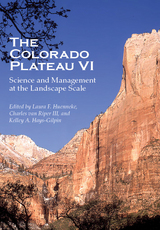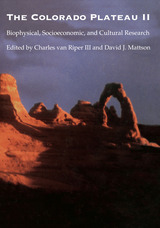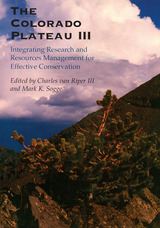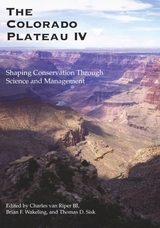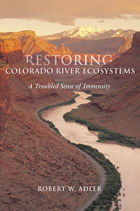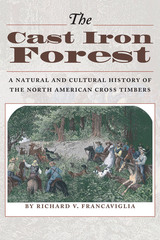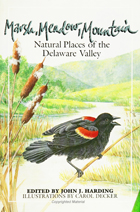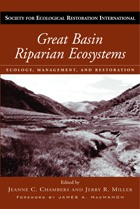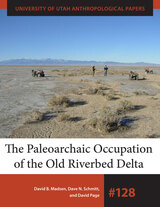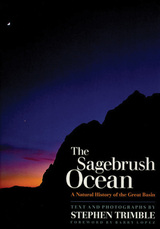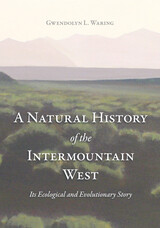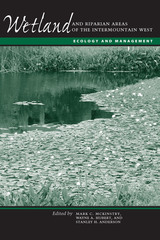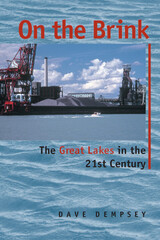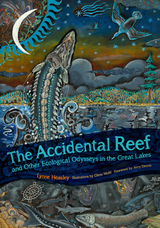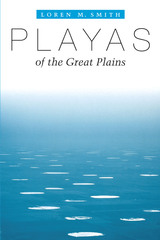The Colorado Plateau III: Integrating Research and Resources Management for Effective Conservation
University of Arizona Press, 2008
Cloth: 978-0-8165-2738-0
Library of Congress Classification QH104.5.C58C66 2005
Dewey Decimal Classification 333.7316097913
Cloth: 978-0-8165-2738-0
Library of Congress Classification QH104.5.C58C66 2005
Dewey Decimal Classification 333.7316097913
ABOUT THIS BOOK
ABOUT THIS BOOK
Roughly centered on the Four Corners region of the southwestern United States, the Colorado Plateau covers an area of 130,000 square miles. The relatively high semi-arid province boasts nine national parks, sixteen national monuments, many state parks, and dozens of wilderness areas. With the highest concentration of parklands in North America and unique geological and ecological features, the area is of particular interest to researchers. Derived from the Eighth Biennial Conference of Research on the Colorado Plateau, this third volume in a series of research on the Colorado Plateau expands upon the previous two books. This volume focuses on the integration of science into resource management issues, summarizes what criteria make a successful collaborative effort, outlines land management concerns about drought, provides summaries of current biological, sociological, and archaeological research, and highlights current environmental issues in the Four Corner States of Arizona, New Mexico, Colorado, and Utah. With broad coverage that touches on topics as diverse as historical aspects of pronghorn antelope movement patterns through calculating watershed prescriptions to the role of wind-blown sand in preserving archaeological sites on the Colorado River, this volume stands as a compendium of cuttingedge management-oriented research on the Colorado Plateau. The book also introduces, for the first time, tools that can be used to assist with collaboration efforts among landowners and managers who wish to work together toward preserving resources on the Colorado Plateau and offers a wealth of insights into land management questions for many readers, especially people interested in the natural history, biology, anthropology, wildlife, and cultural management issues of the region.
See other books on: Colorado Plateau | Management | Natural history | Natural resources | van Riper, Charles
See other titles from University of Arizona Press
